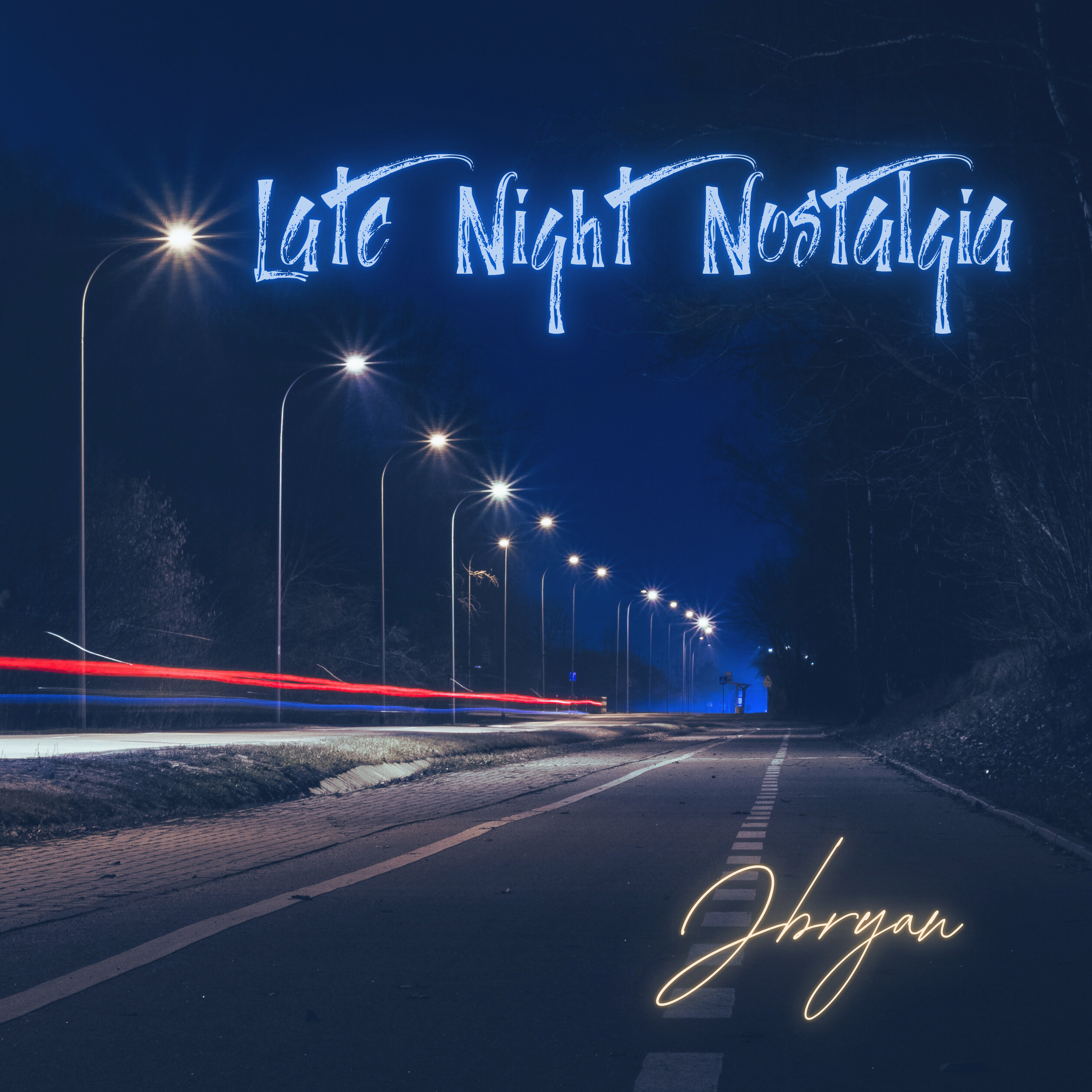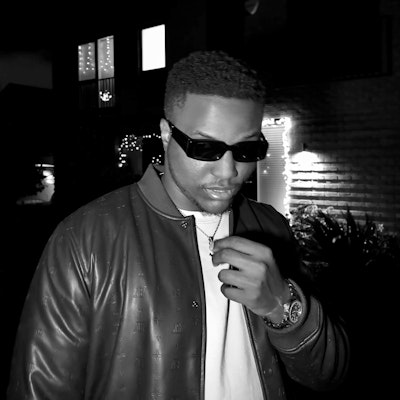By Mister Benjamins
Immortal Technique’s “Dance with the Devil” remains one of hip-hop’s most harrowing narratives—a brutal, unflinching portrayal of self-destruction and the dark side of urban survival. Originally released in 2001 on his debut album Revolutionary Vol. 1 (citeturn1search8), the song tells a chilling story of a young man named Billy Jacobs whose desperate quest for respect and acceptance drives him into an irreversible spiral of crime, violence, and personal ruin.
A Tale of Tragedy and Urban Decay
At its core, “Dance with the Devil” chronicles Billy’s journey from a fatherless child raised in poverty to a young gangster seeking validation in a world where brutality is the currency of respect. Immortal Technique uses a piano-driven, haunting instrumental to underscore a narrative steeped in sorrow and moral decay. Billy’s descent is marked by a series of violent acts—from petty theft and drug dealing to an initiation that culminates in an unspeakable act: in a cruel twist of fate, the woman he is forced to abuse is revealed to be his own mother.
This shocking revelation is not merely a narrative gimmick; it serves as a metaphor for the devastating impact of gang culture and systemic neglect on communities. Immortal Technique has repeatedly emphasized that the story—while amplified through artistic license—reflects a truth that exists in many urban environments: a cycle of violence and exploitation that ultimately consumes those it touches. In his own words, the song was meant to be a wake-up call about how communities are “killing themselves and destroying the most valuable resource…our women” (citeturn1search8).
The Harsh Realities It Exposes
The song’s brutally graphic lyrics force listeners to confront uncomfortable truths about the collateral damage of gang life, including the dehumanization of individuals and the pervasive impact of violence. Beyond the literal narrative, Immortal Technique uses “Dance with the Devil” to criticize societal complacency—how, by turning a blind eye to such atrocities, communities inadvertently nurture the conditions that allow these tragedies to repeat. His narrative suggests that when individuals sacrifice their morality for the allure of power and material gain, they invite not only personal ruin but also the specter of the Devil himself, a relentless force that haunts every violent act.
Over the years, “Dance with the Devil” has gained a cult following precisely because it refuses to sugarcoat the grim realities of street life. It is a visceral reminder that the cycle of violence is as real as it is tragic—a reality that, according to Technique, is replicated “every day in every country” .
A Cautionary Tale for Artists and Society
For many, the song stands as a somber reflection on the consequences of succumbing to destructive forces. But amid the darkness, there lies an opportunity—a call for artists to channel their creativity into a force for positive change. The painful narrative of Billy Jacobs is a stark lesson: when art is driven by pain, anger, and the desire to mimic violence, it risks perpetuating the very cycles it seeks to expose.
Embracing Self-Love and Authentic Creativity
Artists have a unique power to shape culture, influence communities, and break harmful cycles. Here are several ways that emerging and established musicians can transform the legacy of such tragic narratives into a beacon of hope and creative empowerment:
-
Self-Acceptance as a Foundation for Art:
True creativity blossoms when artists learn to love and accept themselves. Instead of imitating the violence and nihilism that often pervade street narratives, artists can draw on personal experiences to craft music that uplifts and inspires. Reflecting on your own struggles and triumphs with honesty can lead to art that resonates more deeply with audiences. -
Channeling Pain into Positive Action:
The raw emotion present in “Dance with the Devil” is undeniable. However, using pain constructively means transforming it into a message of resilience and change. Musicians can focus on themes like self-improvement, community empowerment, and healing. This not only enriches the lyrical content but also offers listeners a path out of despair—a route defined by strength and hope. -
Building a Supportive Creative Community:
No artist is an island. Surrounding yourself with supportive mentors, peers, and fans can help maintain a healthy perspective. Collaborative projects, open mic sessions, and mentorship programs create spaces where authenticity is celebrated and constructive feedback is shared. Such communities foster an environment where creative risks are encouraged and personal growth is paramount. -
Believing in the Power of Your Own Story:
Every artist has a unique journey. By believing in your own narrative and understanding that your experiences are valuable, you empower yourself to create art that stands apart from mainstream clichés. Instead of chasing trends or glorifying a destructive lifestyle, focus on writing lyrics that reflect your true self—your challenges, your hopes, and your vision for a better future.
The Way Forward
Immortal Technique’s “Dance with the Devil” is a powerful, albeit tragic, exploration of the destructive allure of gang culture and the high price of seeking validation through violence. While the song exposes the dark realities that many face in impoverished urban environments, it also serves as a cautionary tale for artists: the choice between succumbing to destructive influences or rising above them with self-love and authenticity.
For artists looking to improve their craft, the lesson is clear—embrace your individuality, nurture your creative spirit, and let your music be a testament to overcoming adversity. By focusing on self-acceptance and positive transformation, you can create art that not only tells your story but also inspires others to believe in themselves and pursue a better path.
As the sad reality of “Dance with the Devil” reminds us of the perils of a life consumed by violence, it also challenges the music community to forge a future defined by compassion, resilience, and the transformative power of self-love.
Peace and progress,
Mister Benjamins




